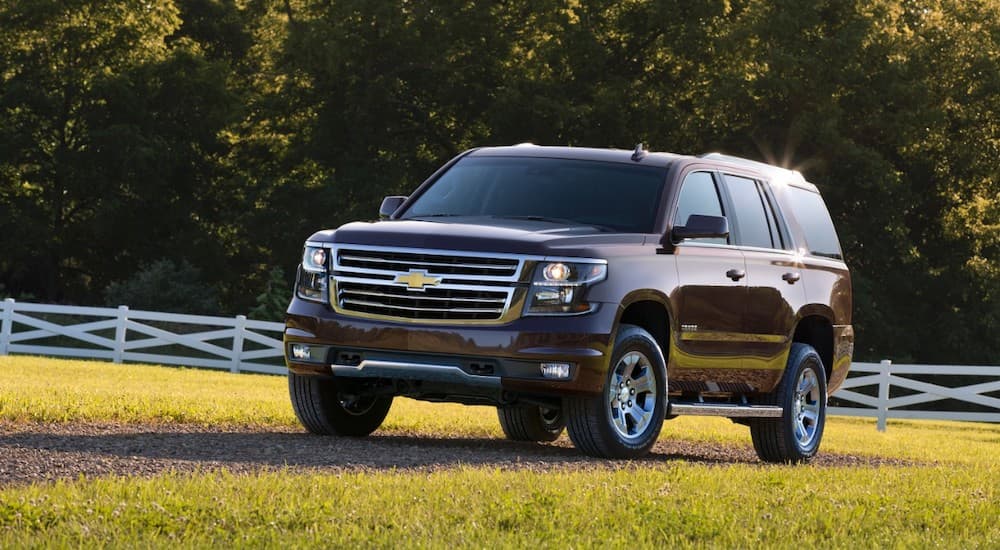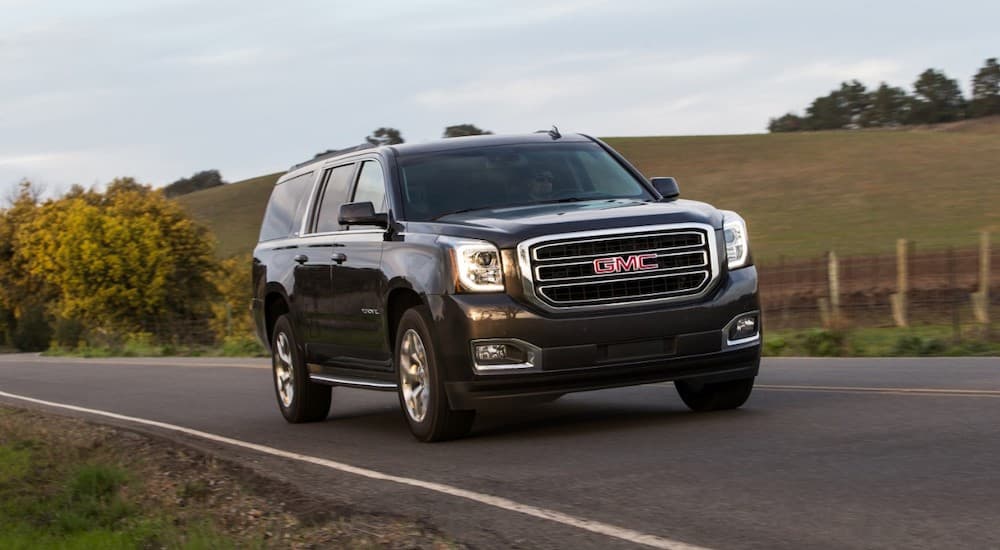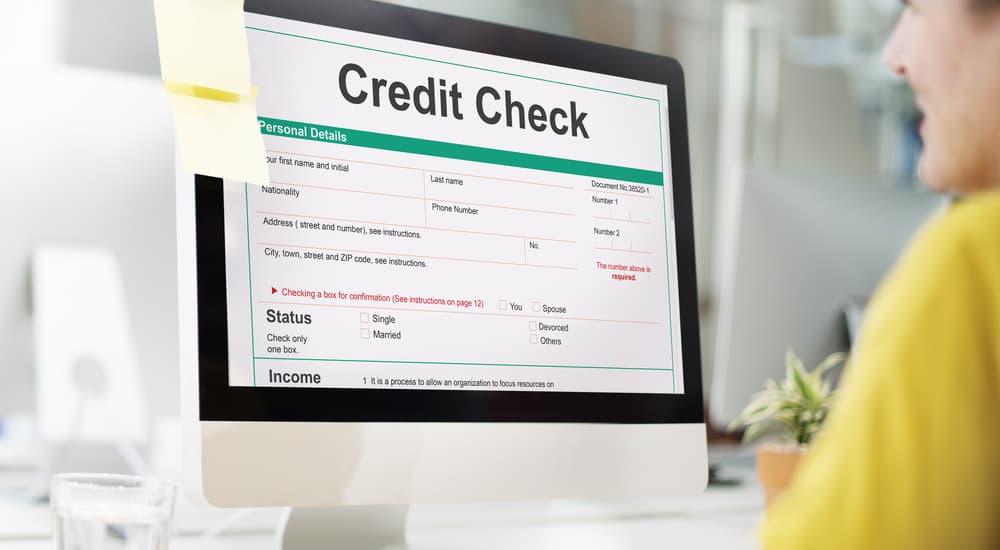Going shopping for a used car can be a taxing experience. Some people know before they even leave the house exactly what they are looking for. Some people don’t even know where the nearest used car dealerships to their house are. Fortunately, modern technology has afforded us all a means to do some virtual shopping from the comfort of our living rooms. You can find your new or used car without ever getting up off your couch if you are so inclined.
Unless you opt for a service that will deliver your new car straight to your house, however, you will still have to make the dreaded trip to the car lot and find the one you picked out. Or, you still have to go the used car lot and make a decision on which new ride will be yours. Or, and this happens to a lot of people, you get to the car lot and are just smitten with this beautiful crossover SUV when you were completely sold on a full-sized truck.
In any case, shopping for a new car is nothing like any other shopping. It takes time, serious research, and a deep financial commitment. This is not like going to the grocery store. You should know exactly what you are getting yourself into before you leave the house. Take a look below at a few tips on buying a used car. These will help you save time, money, and, hopefully, a great deal of hassle.
First things first, assess your driving needs. What kind of vehicle will be best for you? Do you have a family that might necessitate a vehicle with a lot of seating, like an SUV or minivan? Does your new vehicle need to have a lot of power for towing or hauling? If so, is it for work or play? What is your commute like? Do you need something more fuel-efficient?
There are dozens of questions like these, all of which will need an answer. You and your neighbor might have the same answer for a few of these questions, but at some point, your answer sheet will start to reflect answers that are unique to you. By the time you have taken a deep look at what you need, you will have a list of needs that will be entirely unique to you. At that point, you can start to apply your needs to the best suiting vehicle style. For example, let’s say you settled on a full-size SUV.
Budgeting

Next, you need to think deeply about what you can afford. We all need a vehicle, but we don’t all need a fully loaded 2020 top of the line SUV. Those can get very pricey. That is not in the budget for everyone. You need to make sure that what you have settled on does fit within your fiscal reality. Fortunately, there are several different full-size SUVs from different automakers, all with different trim levels from different years. More importantly, they won’t all cost you an arm and a leg.
When doing a budget, make sure you do not prioritize your new car payment (this will include financing, but we will cover that later). Rent/mortgage needs to come first, followed by utilities (electricity/water/gas) and groceries. Some may have other monthly bills, such as credit cards or student loans, that must also be accounted for. After these necessities have been added up, then you can see what is left and work from there.
You might have to make concessions in certain areas, such as your “going out” money. This can mean anything from restaurants to movie theaters to coffee shops. These things are fun, but they aren’t vital. These are the kinds of things you can trim back on in order to ensure you have a satisfactory budget for the used car you need.
Now, you have a set amount of money that you can spend, and you know you want to spend it on a full-size SUV. Your research job has just gotten a lot easier. The vast array of potential vehicles has just been whittled down immensely. However, that does not mean that you are constricted in your choices. There are still more than enough options out there for you.
Among major American automakers alone, you have the Chevrolet Tahoe, the Ford Expedition and the GMC Yukon. There are even larger versions, too, but we will just take these three for now. Each Tahoe, Expedition, and Yukon have models going back decades. Among those models, you also will find various trim levels for each. Because they are used, you will also likely find that some optional packages have already been added to the vehicles.
Given that there are so many different models out there, with so many variations of each, you still have more than enough options to go through. This is where the budget really kicks in. Obviously, the more recent year models with the higher trim levels will be more expensive. But, there are plenty of perfectly good models just a few years removed. A used 2019 base trim level Yukon might very well be the same price as a 2015 Explorer Limited or Sport. As long as you stick to your budget, you have many years worth of models to choose from.
Budget Baggage
Sticking to your budget is necessary for any major purchase, whether it be a used car, new car, house, or whatever. It isn’t just a used car buying decision. But your budget also has some baggage. That baggage comes in the way of financing.
When you look at a sticker price for a used car, it will say, for example, $10,000. Unfortunately, for just about every person on Earth, that $10,000 is not an absolute rate. Unless you pull out a bag of money or a pot of gold like in cartoons and pay for the used car outright on the spot, you will have to finance it. This means that your interest rate will affect how much your monthly payment is.
Financing Plan
Interest rate is calculated based upon the price of the vehicle, the length of the financing term, and your credit rating. Your credit rating is based on your ability to pay your creditors in the past. If you have fallen behind or been in arrears, for whatever reason, your credit rating will be negatively impacted. This means you will pay a higher percentage of monthly interest on top of the monthly car payment. For instance, a $300 monthly car payment, with 30% interest (which is absurdly high and you won’t have that interest rate), means you actually pay $390 a month.
That is a vital part of the budgeting process, and it is something that you must be prepared for before you sit down with any financers. It is important to know what your credit score is and how it will affect your projected monthly payment. We used 30% interest because it is insanely high. If you are terrified of 30%, then the interest rate you will get will seem much more palatable. Even those with the worst credit will top out somewhere around 20%.
Doing some homework on your own credit situation will save you from having to deal with the rare unscrupulous used car dealership. They aren’t as prevalent as movies and television would have you believe, but they are out there. Stereotypes exist for a reason, right?
Used car shopping doesn’t have to be a nightmare, as long as you are prepared for it. By taking these steps and being ready for all the steps, and missteps, that may lay ahead; you can be off in your own used car in no time.





